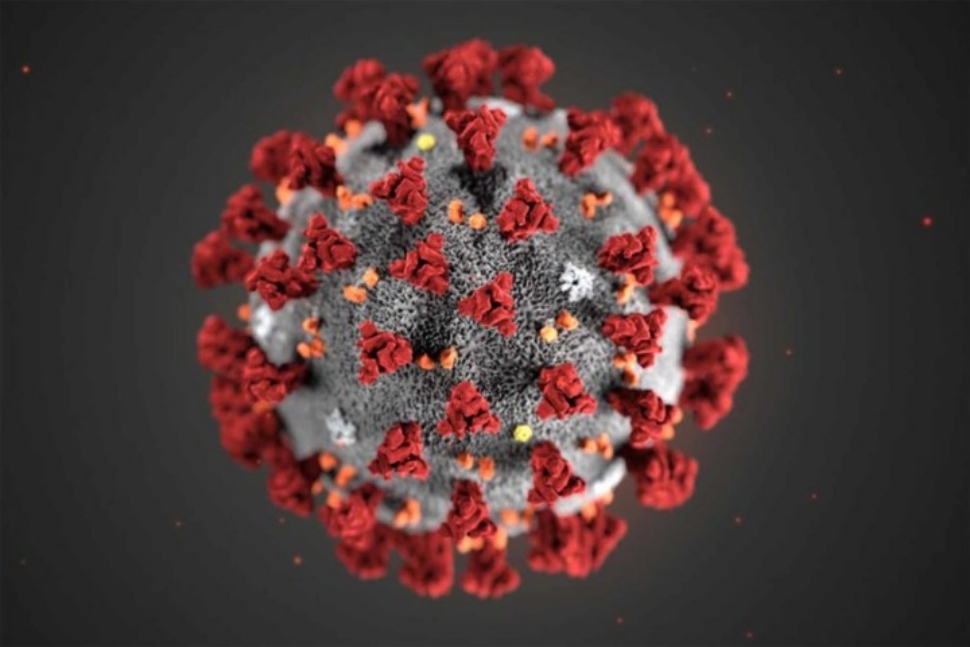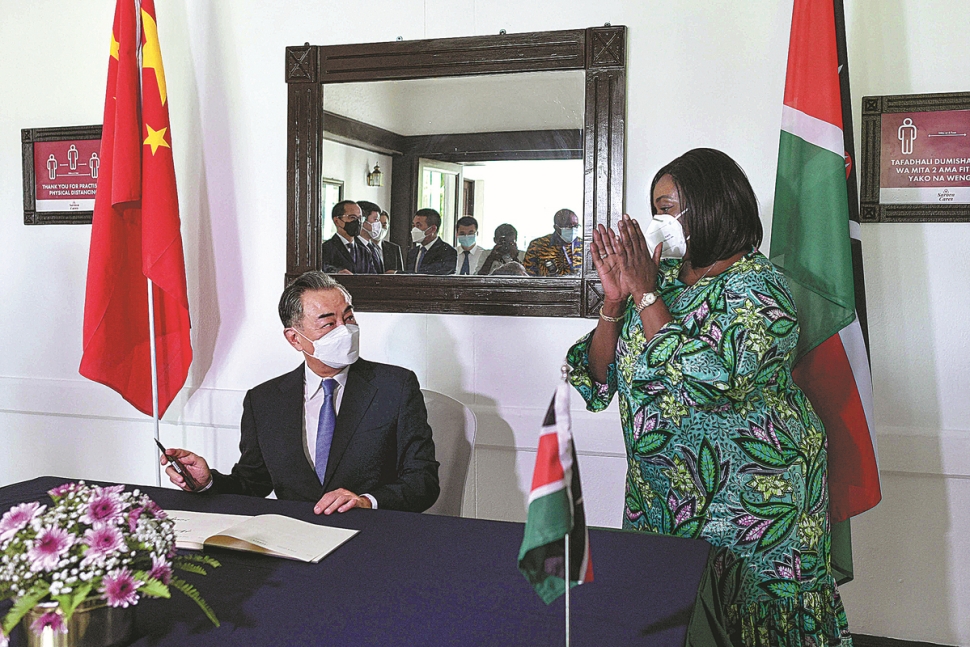trending topics
market reports
-

MEDICAL JAPAN 2025 OSAKA Returns to Showcase Global Innovations
2025-02-17
-

Visit MEDICAL JAPAN 2023 TOKYO and take full advantage of the business opportunities!
2023-09-01
-

US to distribute 400 million free N95 masks at CVS, Walgreens in COVID fight
2022-01-21
-

Ethiopia receives additional 2.2 mln doses of Chinese-donated COVID-19 vaccines
2022-01-21
-

Hong Kong researchers say they develop novel material able to kill COVID-19 virus
2022-01-14
-

10 million more Chinese doses on way for Kenya
2022-01-14
-

Sino-African ties on track for a brighter future
2022-01-07
-

Efforts urged to boost COVID-19 vaccine production capacity in poor countries
2022-01-07
-

UAE approves Sinopharm's new protein-based COVID-19 vaccine
2022-01-07
-

UAE approves Sinopharm's new protein-based COVID-19 vaccine
2022-01-07
Chinese experts set up model to predict stroke risk
2021-06-03
BEIJING - A group of Chinese cardiovascular experts recently established the first polygenic risk score (PRS) model to evaluate risk of stroke in the Chinese population, and provide a practical assessment tool for early screening and prevention.
The PRS model was set up by a research team led by Prof. Lu Xiangfeng and Chinese Academy of Sciences member Prof. Gu Dongfeng at Fuwai Hospital, Chinese Academy of Medical Sciences (CAMS), which is also the National Center for Cardiovascular Diseases (NCCD).
Lu said the research has incorporated large-scale genomics data of stroke and stroke-related diseases and risk factors in East Asians, and used more than 500 genetic variants to generate the PRS model, which was then validated in a cohort of about 40,000 Chinese individuals with average follow-up period of nine years.
The result shows that the PRS model can effectively predict the risk of stroke. The incident risk of stroke by the age of 80 years for individuals with high polygenic risk (highest 20 percent of PRS) is 25.2 percent, almost two times that for individuals with low polygenic risk (lowest 20 percent of PRS) which stands at 13.6 percent.
The results also indicate that if individuals with high polygenic risk have family history of stroke, hypertension or diabetes, their stroke risk is as high as 41.1 percent, 33.2 percent and 42.5 percent, respectively.
The PRS model has scientific significance for precise prevention of stroke, and is expected to become a practical assessment tool for early screening of high-risk population in China, Lu added.
The research was funded by the National Natural Science Foundation of China, the Innovation Fund for Medical Sciences of the CAMS, and the National Key Research and Development Plan.
The study was published in the journal Neurology.
(China Daily)



 My Member
My Member Message Center
Message Center











